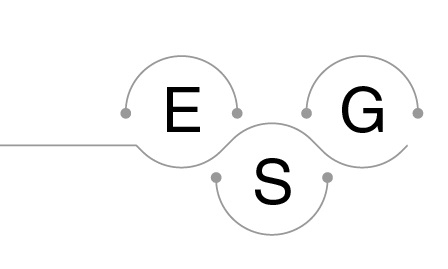The air pollution prevention capabilities of VisEra meets the regulations in the "Air Pollution Control and Emissions Standards for the Semiconductor Industry" and "Standards for Air Pollutant Emission from Stationary Pollution Sources".To ensure stable 24-hour year-round operations pollution prevention equipment, all air pollution prevention equipment must be equipped with at least one backup system (N+1 design) and a DC backup system to prevent power interruption.The design is implemented to ensure zero failure of the prevention equipment and ensure stable and continuous pollution monitoring. In addition, VisEra also set up automatic monitoring facilities to monitor the effectiveness of waste gas treatment in all systems. Related information is reported to the on-duty office of plant operations and the Occupational Safety and Environmental Protection Emergency Response Center to operate the independent dual-track monitoring system and ensure that the stack emissions meet regulatory requirements.
VisEra's air pollutants can be divided into acidic and alkaline gases and volatile organic gases. We adopted "separation of emissions at the source" and "best available technology for multi-section processing system" as our strategy for air pollution prevention so that the pollutant levels meet (or are superior to) government environmental protection regulations. The first stage for separation of emissions at the source is implemented for acid and alkaline process waste gas that are corrosive, flammable, greenhouse gas, or perfluorinated compounds as determined based on process characteristics. We added high-performance air treatment local scrubbers to effectively treat process emissions. Finally, the inorganic acid and alkaline gases are directed to the central scrubber for the second-stage of water neutralization process in the terminal pollution prevention equipment. For volatile organic gases, we determine whether to install treatment equipment such as local condensers based on their boiling points. We then direct the process emissions to the zeolite rotor concentrator system for treatment. With separation at the source and two-stage treatment, we enhance the efficiency of air emission treatment across the board.
To improve the reduction rate of organic exhaust central treatment waste gas system, a budget will be allocated year by year starting from the end of 2021 to replace zeolite rotors, and two sets of old equipment will be replaced with high-efficiency zeolite rotors by 2023.As a result, VisEra's air emissions have consistently met (exceeded) the standards for emissions set by the EPA. With our early warning mechanisms and immediate response to issues, there were no anomalies involving pollutant emissions that were reported to the competent authority in 2023
Total air pollutant emissions

Note 1:Longtan Plant be added in 2023, Zhongli Plant does not have processes with air pollutant emissions and thus does not emit air pollutants
Note 2:Measurements were not conducted in 2019 of Hsinchu Plant because they were merged with the test run measurements in 2020. The SOx and NOx are tested once every five years in accordance with regulatory requirements, so measurements were not conducted in 2023 of Longtan Plant.
Note 3:Due to the needs of the processes, we used photoresist stripping solutions that contain DMSO and it was the main reason for the increase in Nox and SOx emissions in recent years.
Note 4:The three types of air pollutant emissions included nitrogen oxides (NOx), sulfur oxides (SOx) and volatile organic compounds (VOCs).
Note 5:Volatile organic compounds (VOCs) are continuously monitored by the FAC Dept.

